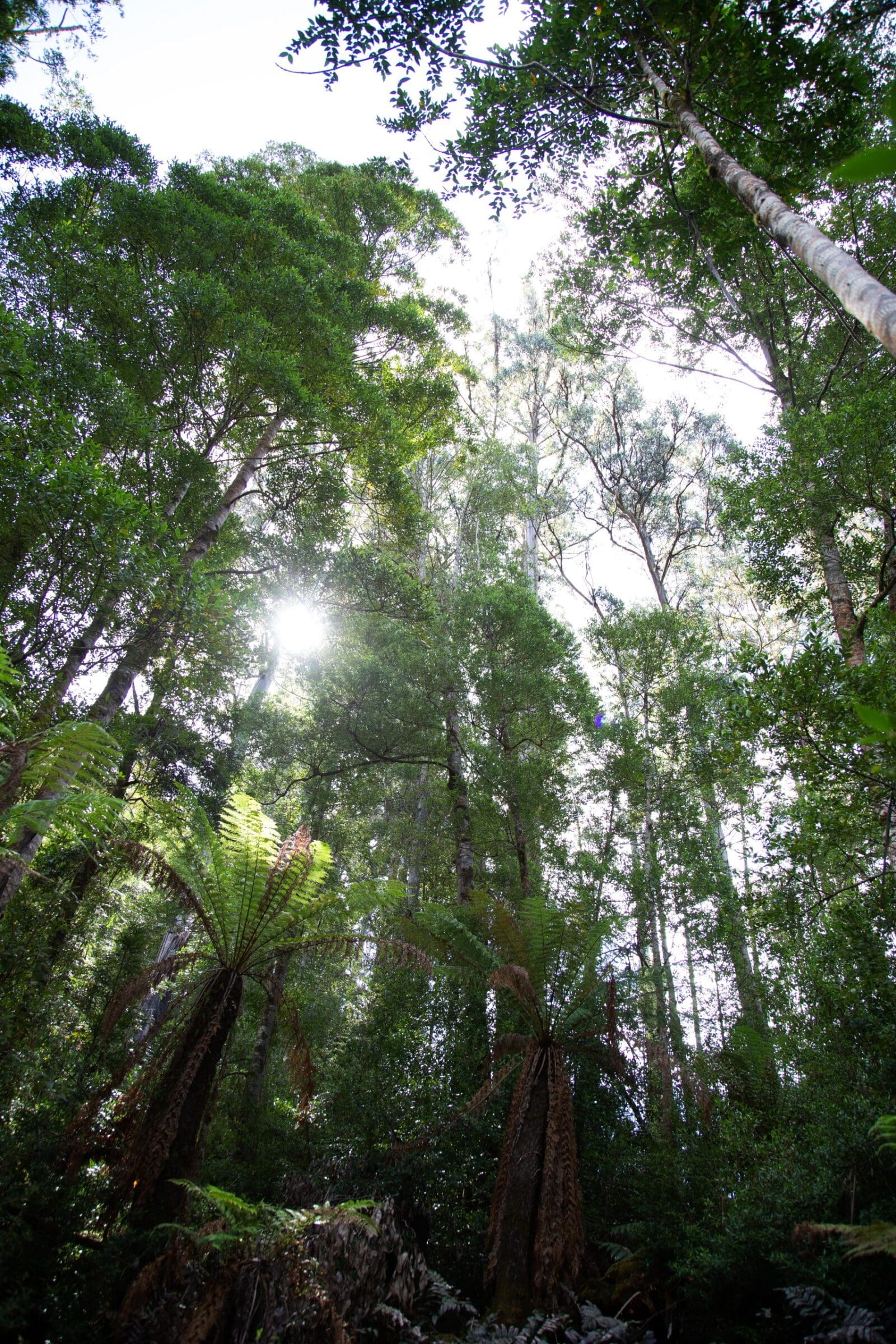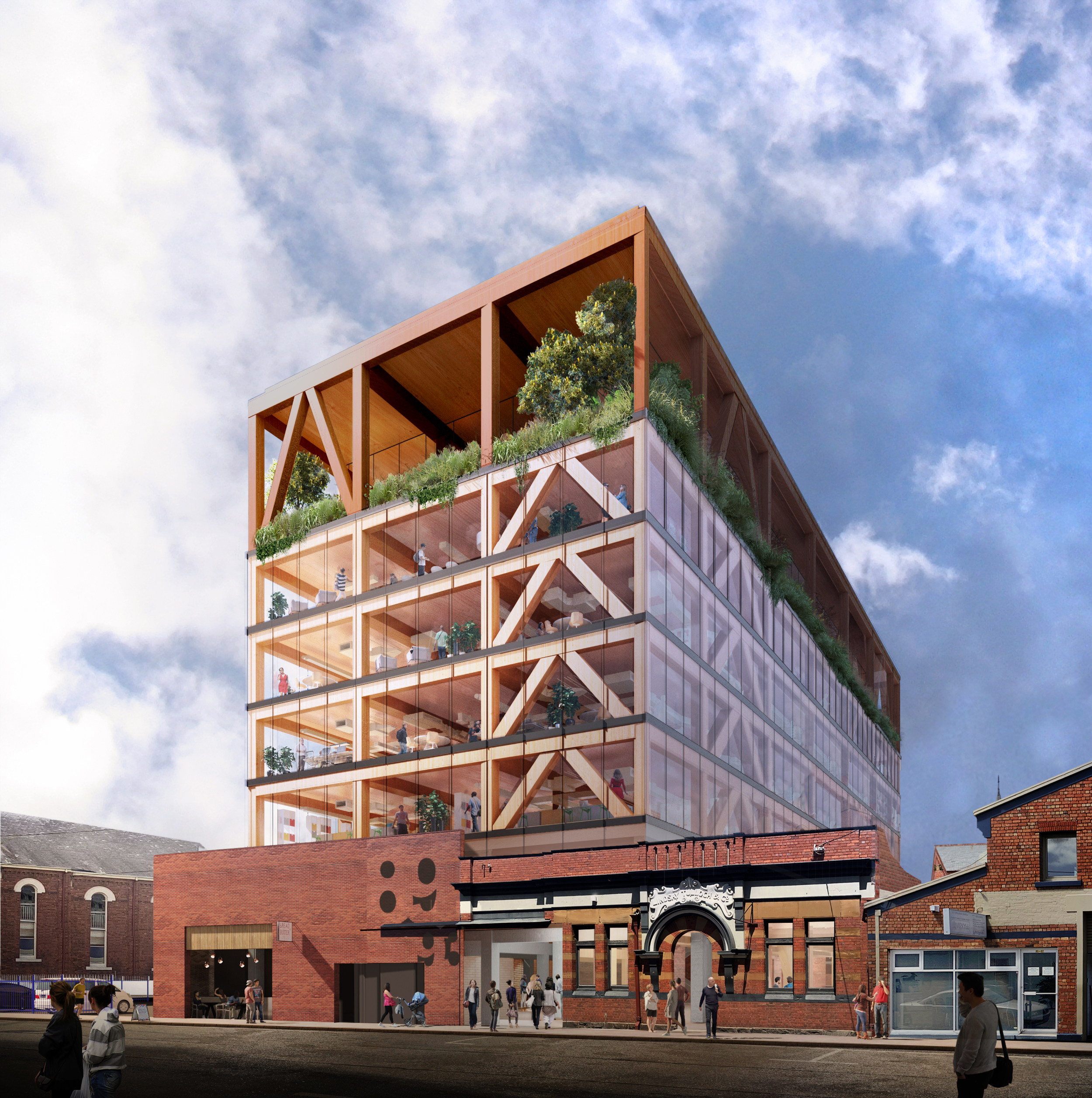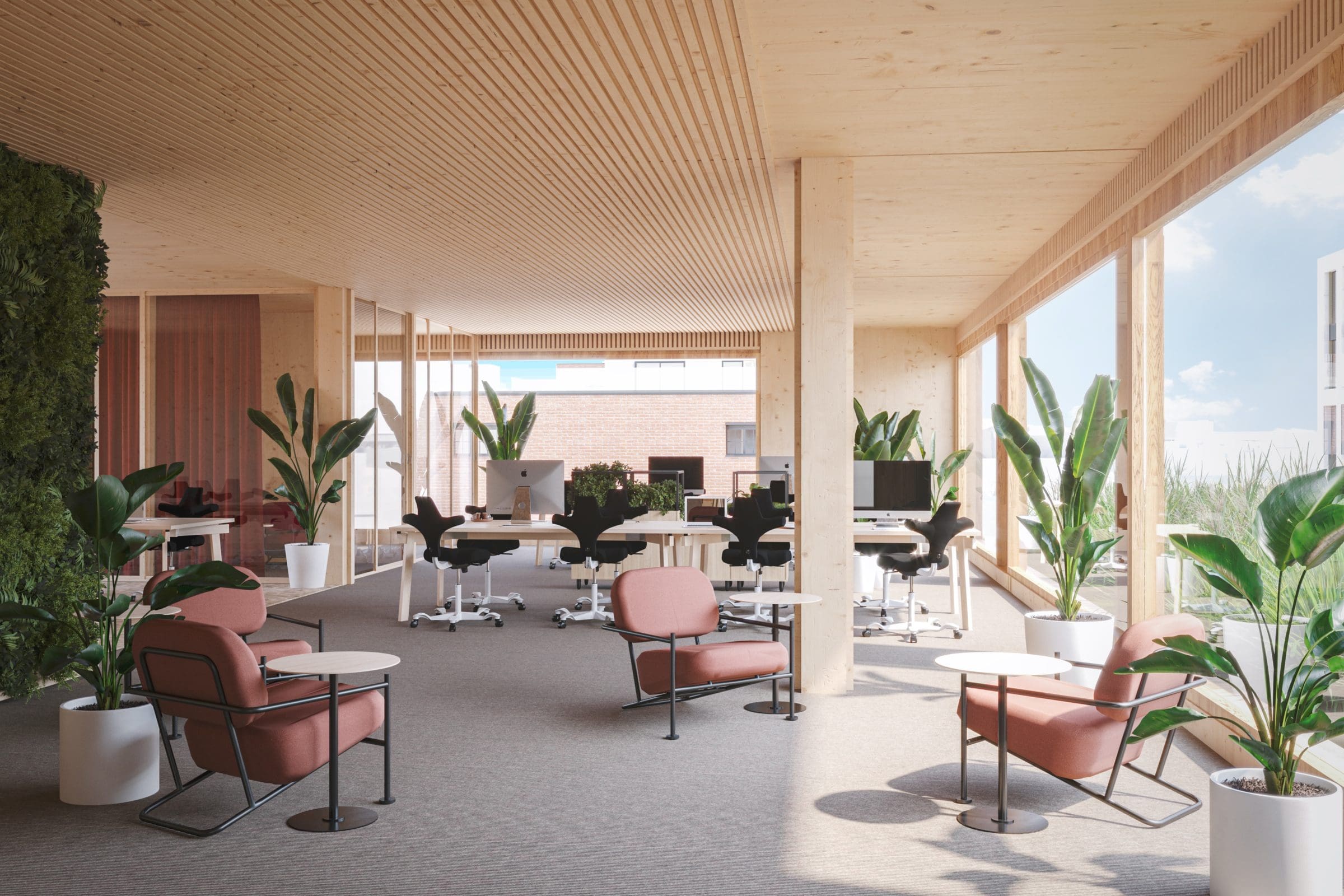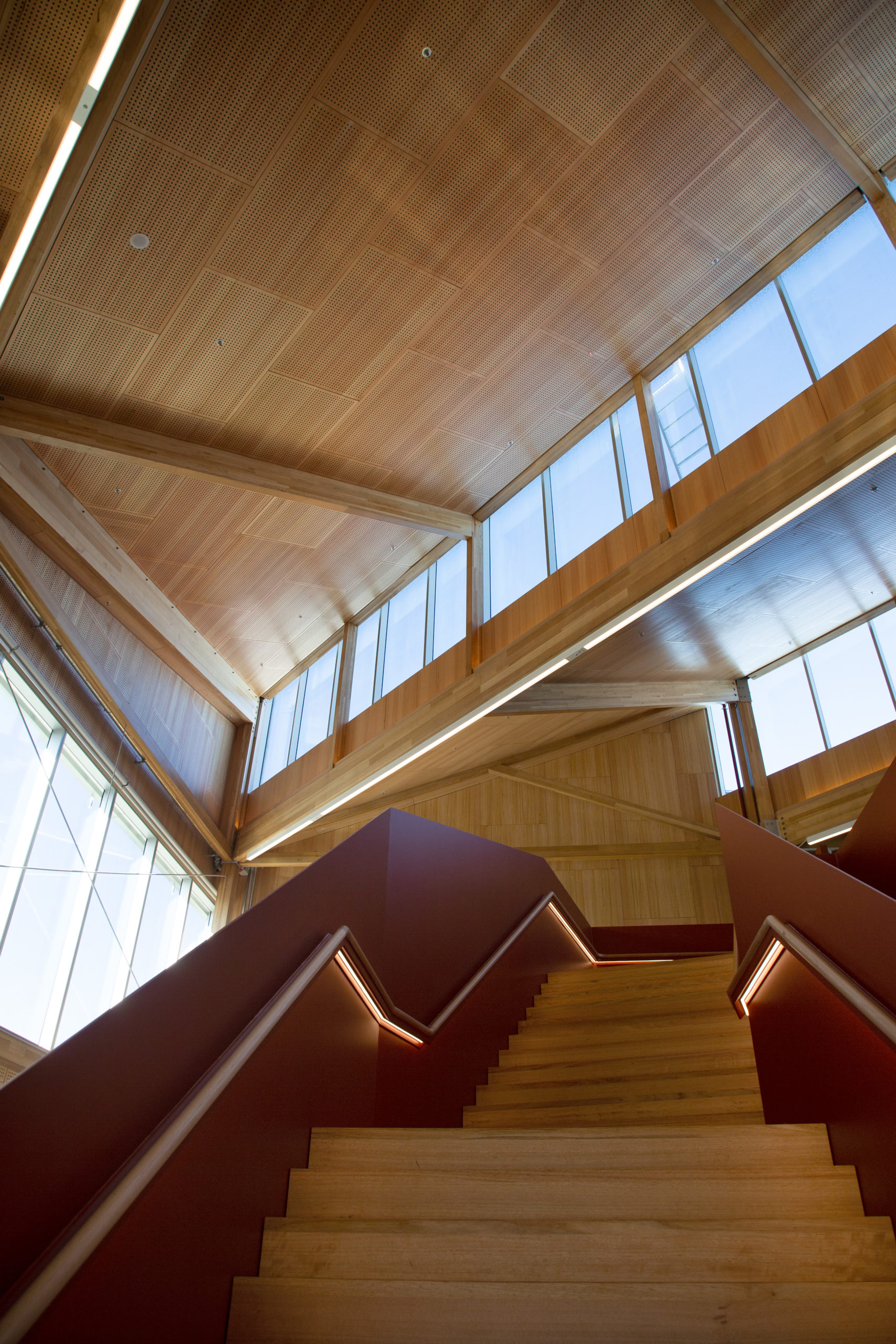
Carbon
Photo Credit: Alice Bennett
Trees and wood products represent the most cost-effective carbon-capture technology available.
To substantially reduce the global carbon balance, we must lower our carbon output and create carbon sinks to counteract the unavoidable emissions we produce and the greenhouse gases that have already been emitted.
Sustainable forest management teamed with timber construction is an effective way to help with this. There is an enormous, but untapped, potential for long-term carbon storage in buildings because most non-timber construction materials store little to no carbon and are generate intensive emissions as they are manufactured. (Planet Ark).
Growing and expanding forests are growing carbon sinks. The trees absorb carbon from the atmosphere and store it in their wood. This sequestration process is fastest in younger growing trees than in mature one. A harvested tree retains this sequestered carbon in its timber. The tree that is regenerated to replace the harvested on, as required by sustainable forest management, will suck in and store more carbon as it grows. The great beauty of this is that the carbon in the wood can then be stored in the built environment for many decades and in some cases, centuries. This is a significant factor when compared to the intensive carbon emissions associated with many other building materials.
What climate change scientists say about sustainable forest management
The world’s leading climate scientists, the Intergovernmental Panel on Climate Change (IPCC), have said:
“A sustainable forest management strategy aimed at maintaining or increasing forest carbon stocks, while producing an annual sustained yield of timber, fibre or energy from the forest, will generate the largest sustained mitigation benefit.[i]”
Hans Joachim Schellnhuber, Director Emeritus of the Potsdam Institute for Climate Impact Research in his 2020 article in Nature Sustainability, said:
“Trees offer us a technology of unparalleled perfection. They take CO2 out of our atmosphere and smoothly transform it into oxygen for us to breathe and carbon in their trunks for us to use. There’s no safer way of storing carbon I can think of. Societies have made good use of wood for buildings for many centuries, yet now the challenge of climate stabilization calls for a very serious upscaling. If we engineer the wood into modern building materials and smartly manage harvest and construction, we humans can build ourselves a safe home on Earth.”
Carbon Emissions in the Building Industry
Australia’s leading architects are demanding sustainability be at the forefront of considerations in building design. In a recent qualitative survey of Australian architects (Tasmanian Timber 2022), 100% said they want to see the sustainability/environmental credentials of every product they consider for a project.
“Our clients want carbon neutrality now – not by 2030. Both government and reputable clients need it. We need to go over and above with environmental credentials.” Australian Architect.
The global building and construction sector is responsible for almost 40% of energy and process-related carbon emissions, but transitioning away from cement and steel building materials towards timber has the potential to reduce this substantially (Planet Ark).
The majority of Australians are concerned about climate change (83%). Two-thirds of people (66%) agree that Australia should be doing more to address climate change and 64% want Australia to be a global leader in emission reduction (Ipsos Climate Change Report 2022).
Timber in Construction
The United Nations report: Emissions Gap Report 2019: Global progress report on climate action preferences materials like timber, bamboo and other plant fibres over the use of reinforced cement, masonry or steel frames in the construction industry. These materials can significantly reduce lifecycle greenhouse gas emissions in the production of materials and carbon storage. Building codes are being modified to recognise advances in technology to allow wider use of timber, even for taller buildings.
Increasing the use of sustainable timber in construction has been recognised as a key method of reducing carbon emissions by the Emissions Gap Report.
According to the Journal of Green Building, a good rule of thumb is that one cubic meter of Cross Laminated Timber (CLT) sequesters (and when used in the built environment, stores) roughly one tonne of CO2. At the same time, significant emissions from alternative material are avoided. The net effect of this is often more than double the amount of carbon stored in the timber.
Mass timber construction is being used around the world to reduce the embodied carbon (the emissions associated with materials and construction processes) in buildings. Studies show we can reduce the embodied carbon in larger-scale commercial buildings design by up to 75% by simply changing from concrete and steel to mass timber in larger-scale commercial buildings (David Rowlinson, Planet Ark).
The Forest Practices Code
Australia’s production and plantation forests are significant carbon stores and held about 3,330 million tonnes of carbon in 2016. The Tasmanian Forest Practices Code 2020 requires that ‘Forest practices should be conducted in a manner that maintains the sequestration and storage of carbon…’. Many provisions of the Code are designed to ensure that organic-rich topsoils are protected from excessive disturbance during forest operations and that soil erosion above natural levels is minimised (State of the Forest Report 2022).
Forest Management and Accounting
Carbon accounting is the process of measuring ‘carbon dioxide equivalent’ the amount of greenhouse gas (GHG) emissions an organisation produces throughout their operations and supply chain. In 2021 Forico become the first forest company in Australia to publicly release natural capital accounts. Tasmania’s public forest manager, STT, is also actively engaged in carbon accounting. – (Tasmanian State of the Forest Report 2022)




